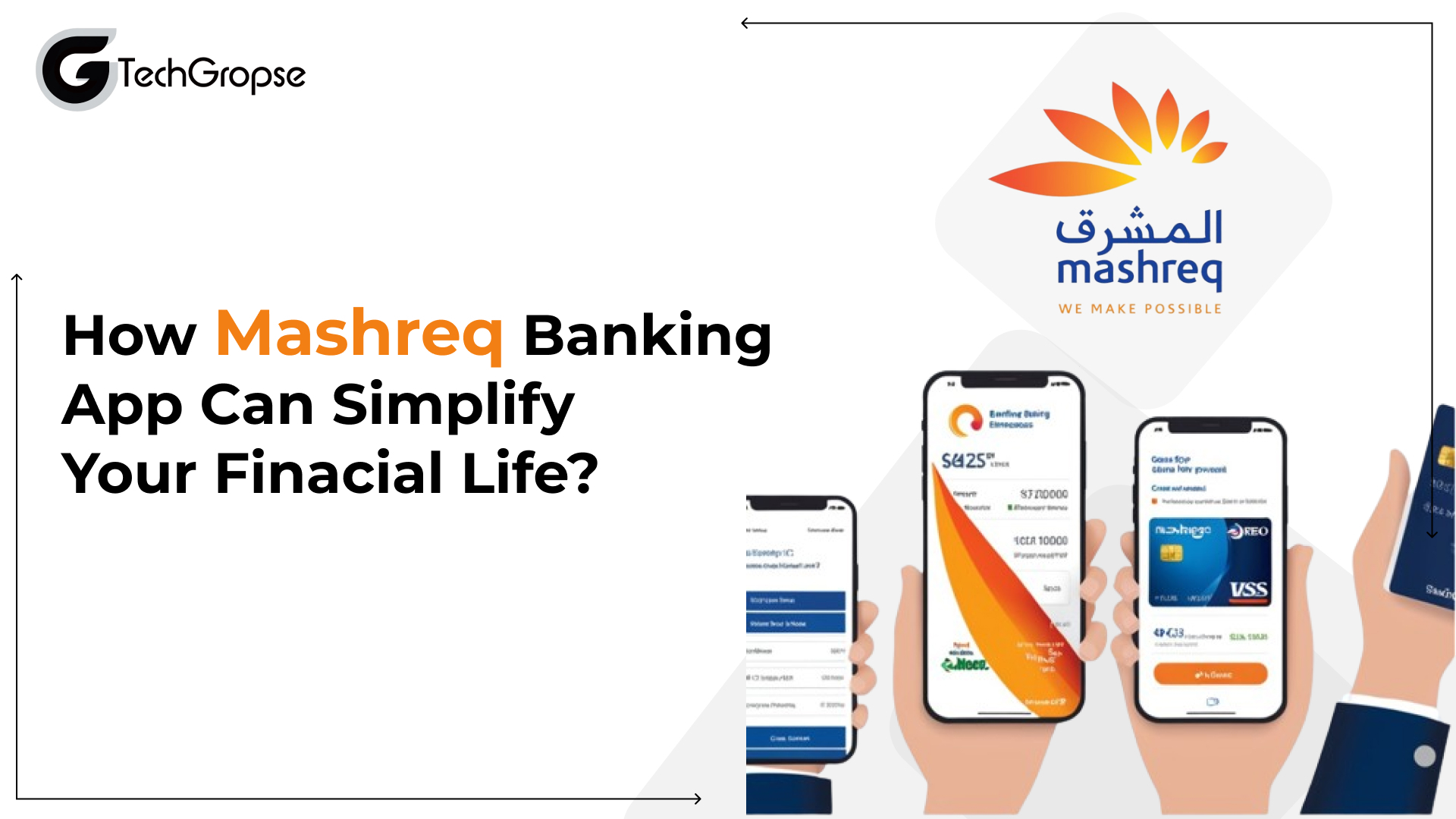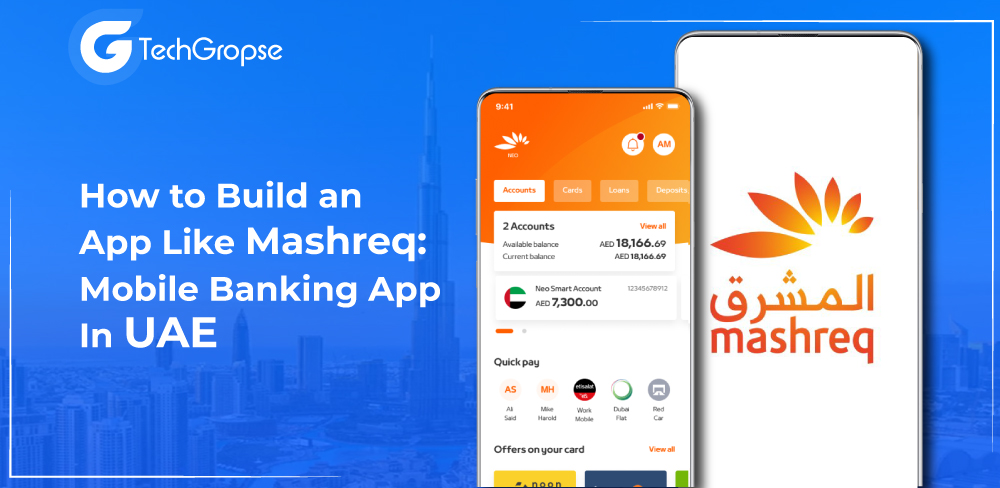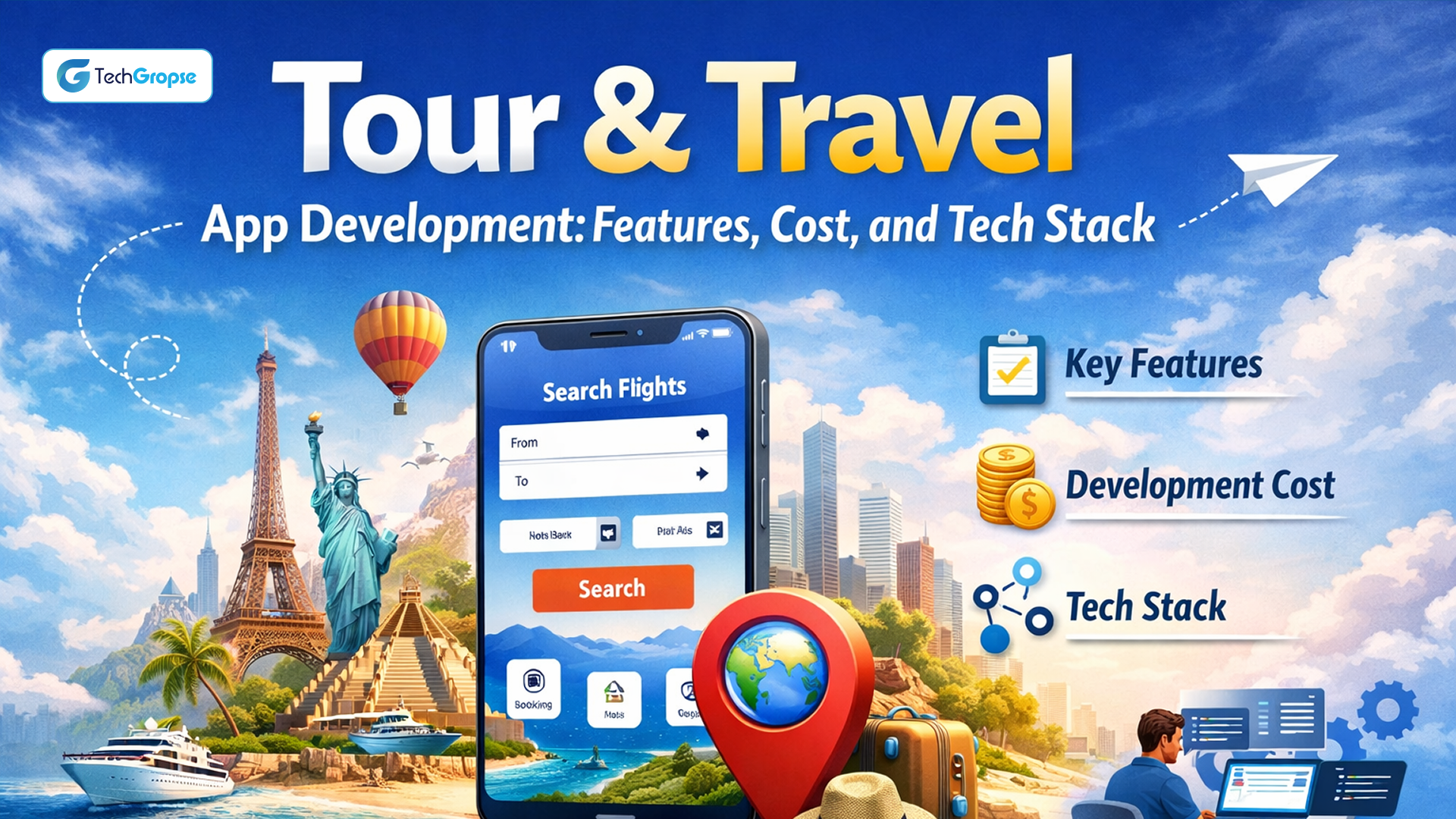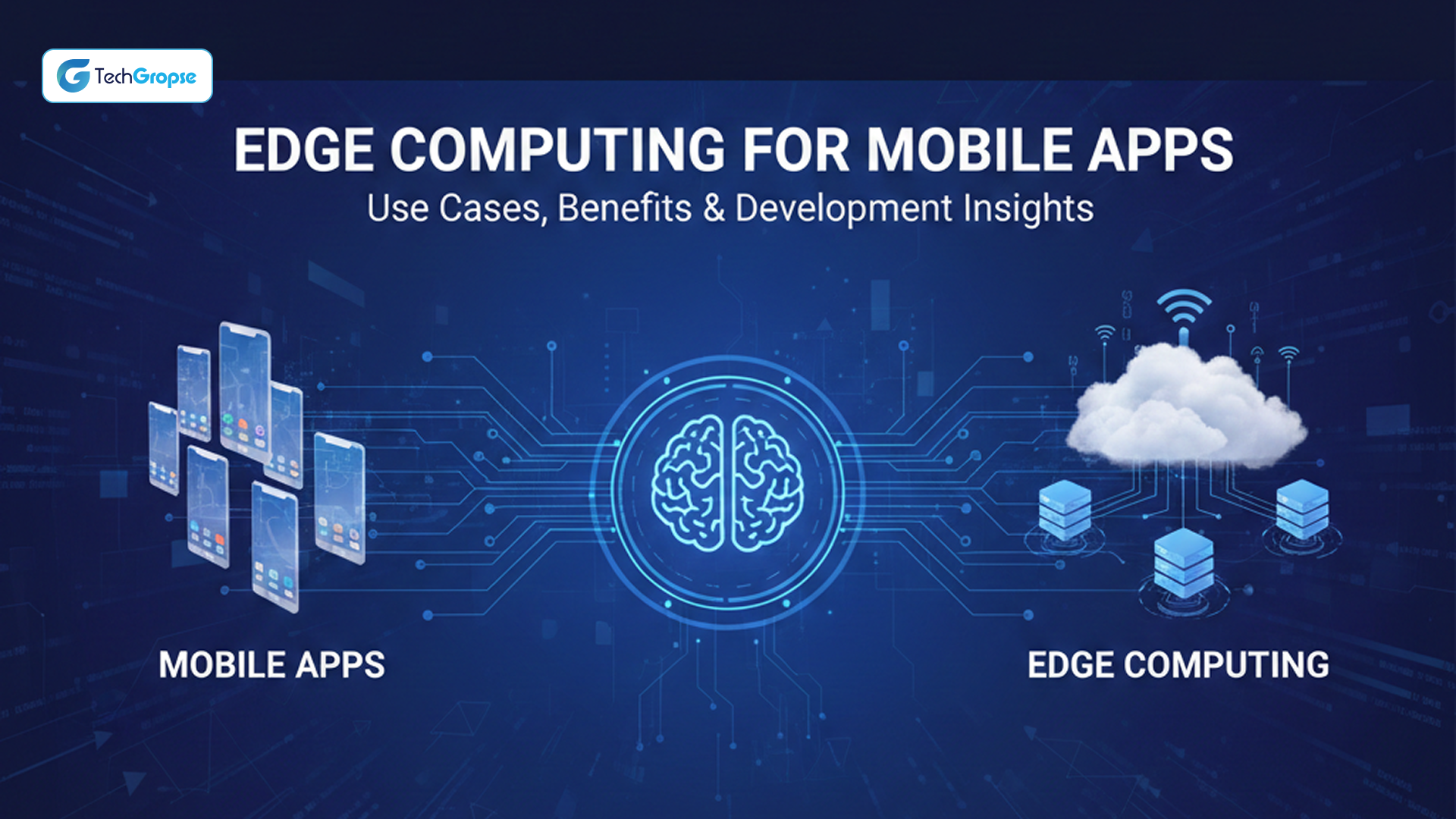Need help dealing with the limitations of your current banking app? Need to be more flexible with long wait times, complicated processes, and lack of features? Say goodbye to those pain points. Let’s start to build an app like Mashreq, designed to offer everything you need.
With the Mashreq app, you can do everything you need to manage your finances quickly and easily, without the hassle. No more waiting forever for transactions to go through or struggling to find the features you need. Mashreq is designed to make banking simple and stress-free.
Say hello to faster transactions, simpler bill payments, and an overall smoother banking experience. Whether you are checking your balance, transferring money, or paying bills, our app has everything you need, all in one place.
From understanding market trends to planning, designing, and launching your app, this post provides best practices for developing a successful mobile banking app.
Key Metrics to Track for Success in the UAE Banking App Market: Traditional Banking Vs. Digital Banking
Traditional Banking in UAE
- In 2024, the projected Net Interest Income in the banking market of the United Arab Emirates is expected to reach US$45.11 billion.
- Traditional banks are set to dominate this market segment, with a projected market volume of US$44.99 billion in the same year.
- By 2028, the Net Interest Income is forecasted to grow at an annual rate of 4.88%, reaching US$54.58 billion.
- In comparison, China is anticipated to generate the highest Net Interest Income, reaching US$6,662.0 billion in 2024.
- The United Arab Emirates banking market is witnessing a surge in digital banking services, with a growing number of customers opting for mobile and online banking solutions.
Digital Banking in UAE
- In the United Arab Emirates, the Digital Banks market is expected to witness a significant increase in Net Interest Income, reaching an estimated value of US$121.90 million by the year 2024.
- The Net Interest Income is anticipated to experience a steady annual growth rate (CAGR 2024-2028) of 13.33%, leading to a market volume of approximately US$201.10 million by the year 2028.
- In terms of global comparison, China is projected to generate the highest Net Interest Income, with an estimated value of US$1,262,000.0 million in the year 2024.
- The United Arab Emirates is experiencing a surge in the adoption of digital banks, with consumers embracing the convenience and accessibility offered by these tech-driven financial institutions.
Have a Quick Look at the Trending Numbers
| Year | Market Segment | Net Interest Income (in US$ billions) | Annual Growth Rate (CAGR 2024-2028) |
| 2024 | Traditional Banking | $45.11bn | 4.88% |
| 2024 | Digital Banking | $0.1219bn | 13.33% |
| 2028 | Traditional Banking | $54.58bn | |
| 2028 | Digital Banking | $0.2011bn |
Global Comparison
| Country | Year | Net Interest Income (in US$ billions) |
| United Arab Emirates | 2024 | $45.11bn |
| China | 2024 | $6,662.0bn |
| United Arab Emirates | 2028 | $54.58bn |
| China | 2028 | $1,262,000.0bn |
Source: Google
From Idea to App Store: Developing a Successful Banking App like Mashreq
If you want to build an app like ADIB, it requires careful planning, a user-centric approach, and adherence to security protocols.
By following these steps and continuously optimizing your app, you can create a valuable tool that empowers your users and positions your bank competitively within the mobile banking domain.
1. Defining Your App’s Objectives
Before diving into mobile banking app development in UAE, it’s crucial to define your app’s goals and target audience. Mashreq caters to various customer segments, offering features tailored to their needs.
- Target Audience: Who are you building the app for? Retail customers, small businesses, or high-net-worth individuals?
- Value Proposition: What problem does your app solve? Will it offer budgeting tools, investment options, or peer-to-peer payments?
- Competitive Advantage: What unique features will differentiate your app from existing players like Mashreq?
2. Researching the Market Landscape
Understanding the existing mobile banking landscape is vital. Research Mashreq’s app alongside competitors like Emirates NBD or Dubai Islamic Bank.
Analyze their strengths and weaknesses, identifying features you can replicate or improve upon. You should connect with a mobile banking app development company to explore the below points.
- User Reviews: Read app store reviews to understand user pain points and desired features.
- Industry Reports: Look for reports on mobile banking trends in your region to identify growth opportunities.
- Benchmarking: Analyze the user interface (UI) and user experience (UX) of custom mobile banking app development.
3. Planning the App’s Architecture
Do you want to know how a banking app development company creates a successful roadmap?
Here is how to plan yours:
- Core Functionalities: Define essential features like account management, fund transfer, bill payments, and mobile deposits.
- Data Flow: Map out how data will flow between the app, servers, and user devices, ensuring secure data transactions.
- Security Measures: Prioritize security with features like multi-factor authentication, encryption, and fraud detection systems. Consider regulations like PCI DSS for data security.
- Scalability: Design your app to accommodate future growth and user base expansion.
4. Designing a User-Centric Interface (UX/UI)
A user-friendly interface is crucial for a successful ewallet app development. Here is how to build app like Mashreq:
- User Research: Conduct surveys or user interviews to understand preferences and behavior.
- Intuitive Navigation: Design a navigation structure that allows users to easily find desired features. Mashreq uses a clean bottom menu for primary functions.
- Visually Appealing Design: Create a modern and visually appealing interface that aligns with your brand identity.
- Accessibility: Ensure your app is accessible to users with disabilities, adhering to WCAG guidelines.
5. Developing the Mobile App
Now comes the technical aspect: developing the app. Here’s an overview of the process:
- Choosing a Development Platform: Popular options include native (iOS or Android) or cross-platform frameworks like React Native. Hire dedicated developers who consider development time, budget, and desired features.
- Development Team: Hire mobile app developers with expertise in mobile app development, security, and financial technology.
- Agile Development: Adopt an agile development methodology that allows for iterative development and continuous improvement based on user feedback.
- API Integration: Integrate APIs (Application Programming Interfaces) with your bank’s core banking system to enable functionalities like account access and transaction processing.
6. Testing and Security Audits
Rigorous testing is paramount before launching your mobile banking app. Here’s what to consider:
- Functional Testing: Ensure all features work seamlessly across different devices and operating systems.
- Security Testing: Conduct penetration testing to identify and eliminate vulnerabilities. Partner with on demand app development company for in-depth audits.
- Usability Testing: Perform usability testing with real users to identify any UI/UX issues that might hinder user experience.
7. Regulatory Compliance
- Compliance with Regional Regulations: Comply with all data privacy and security regulations relevant to your target region.
- Data Protection: Implement robust data protection measures to safeguard user information.
- Transparency: Communicate your privacy policy and data usage practices to your users.
8. App Store Optimization (ASO)
Once your app is developed, ensure it’s discoverable in app stores. Here’s how to optimize it:
- Keyword Research: Identify relevant keywords users might search for when looking for a mobile banking app.
- App Title and Description: Optimize your app title and description with relevant keywords and highlight your app’s unique features.
- App Screenshots and Videos: Use compelling screenshots and videos showcasing your app’s user interface and functionalities.
9. Launching and Marketing Your App
Launching your app is just the beginning. Here’s how to create a buzz:
- Press Release and Social Media Marketing: Generate a press release and leverage social media platforms to announce your app’s launch.
- Targeted Advertising: Consider targeted advertising campaigns to reach your ideal customer base.
- Promotional Offers: Offer incentives like sign-up bonuses or cashback rewards to attract early adopters.
10. Ongoing Maintenance and Updates
A successful mobile banking app demands continuous maintenance and updates. Here is what the ewallet app development company prioritizes:
- Bug Fixes: Address any user-reported bugs and glitches promptly to maintain a smooth user experience.
- Security Updates: Regularly update your app with the latest security patches to safeguard user data.
- New Feature Implementation: Stay ahead of the curve by incorporating new features based on user feedback and industry trends.
Building an App Like Mashreq: Top Features You Can’t Afford to Miss in 2024

As we discussed above, to build an app like Mashreq requires a robust set of features that cater to user needs and facilitate seamless financial management.
Reputable fintech app development company consider some key features to build an app like Mashreq:
Account Management
- Account Overview: Provide a consolidated view of all user accounts (savings, checking, loans, etc.) with real-time balances and transaction history.
- Mini Statements: Offer downloadable or viewable mini-statements for a quick overview of recent transactions.
- Fund Transfers: Enable users to transfer funds between their accounts and to other bank accounts (domestic and international).
- Bill Payments: Facilitate seamless bill payments for utilities, credit cards, and other recurring expenses. Schedule automatic bill payments for convenience.
- Mobile Deposits: Allow users to deposit checks remotely using their smartphone cameras.
Payment Solutions
- Peer-to-Peer (P2P) Payments: Integrate features like sending and receiving money from friends and family using phone numbers or account details.
- QR Code Payments: Enable users to make secure in-store payments by scanning QR codes displayed at merchant locations.
- Mobile Wallet Integration: It allows users to link their mobile wallets for contactless payments at NFC-enabled terminals.
Investment and Wealth Management
- Investment Tracking: Provide a platform for users to view and track their investments in stocks, mutual funds, and other financial instruments.
- Portfolio Management: Offer tools for users to manage their investment portfolios, including rebalancing and monitoring performance.
- Market Analysis: Provide access to real-time market data, news, and insights to assist users with investment decisions.
Additional Features
- Loan Applications: Allow users to submit loan applications directly through the app.
- Card Management: Enable users to view card details, report lost or stolen cards, set travel notifications, and manage spending limits.
- Branch Locator: Integrate a map-based branch locator to help users find nearby bank branches and ATMs.
- Customer Support: Provide an in-app chat or call center option for users to connect with customer service representatives.
- Personalized Offers: Deliver targeted promotions and financial product recommendations based on user preferences and banking activity.
- Budgeting Tools: Offer budgeting tools to help users track expenses, set spending goals, and manage their finances effectively.
- Financial Calculators: Integrate calculators for mortgage payments, loan payments, and other financial calculations.
- Push Notifications: Implement personalized notifications for account activity alerts, upcoming bill payments, and security updates.
Security and Privacy
- Multi-Factor Authentication (MFA): Enable multi-factor authentication for secure logins using fingerprints, facial recognition, or one-time passcodes.
- Data Encryption: Implement robust data encryption protocols to safeguard user information.
- Fraud Detection and Prevention: Integrate systems to detect and prevent fraudulent activity.
- Secure Messaging: Offer a secure messaging platform for users to communicate with customer service representatives.
How Mashreq Banking App Can Simplify Your Financial Life?

Mobile banking apps like Mashreq offer multiple advantages for both users and financial institutions.
The top financial benefits of using the Mashreq app for banking
For Users
- Convenience and Accessibility: Manage finances anytime, anywhere, from the comfort of their smartphones.
- 24/7 Banking: Perform banking tasks like transfers, bill payments, and account monitoring regardless of bank branch hours.
- Increased Efficiency: Simplify financial management by automating tasks like bill payments and scheduling transfers.
- Enhanced Security: Multi-factor authentication and data encryption offer greater security compared to traditional banking methods.
- Real-Time Monitoring: Keep track of account balances, transaction history, and investment performance in real time.
- Personalized Features: Access targeted financial products, budgeting tools, and investment insights based on individual needs.
- Reduced Reliance on Paper Statements: Access digital statements and transaction records, minimizing paper usage.
- Improved Cash Flow Management: Budgeting tools and spending analysis features help users manage their finances effectively.
For Financial Institutions
- Increased Customer Engagement: Mobile banking apps promote user engagement by providing convenient access to financial services.
- Reduced Operational Costs: Offering services through the app reduces reliance on physical branches, leading to cost savings.
- Enhanced Customer Service: In-app chat functionalities and secure messaging allow for improved customer service accessibility.
- Cross-Selling Opportunities: Promote additional financial products and services to users based on their banking activity.
- Data-Driven Insights: User data collected through the app can be used to personalize financial product offerings and improve customer experiences.
- Improved Brand Image: A well-designed and user-friendly mobile banking app strengthens a bank’s brand image as innovative and customer-centric.
- Competitive Advantage: A feature-rich mobile banking app helps banks differentiate themselves from competitors and attract new customers.
How Much Does Cost to Build an App Like Mashreq?
Mashreq app development cost can vary on various factors such as design, features, complexity, development team rates, and location.
Here is an estimate of the cost to build an app like Mashreq:
| Feature | Description | Estimated Cost |
| Account Management | View balances, transaction history | $5,000 – $10,000 |
| Funds Transfer | Transfer funds between accounts | $7,000 – $12,000 |
| Bill Payments | Pay bills for utilities, credit cards, loans | $6,000 – $10,000 |
| Mobile Check Deposit | Deposit checks using the mobile camera | $4,000 – $8,000 |
| ATM/Branch Locator | Locate the nearest ATMs and branches | $3,000 – $6,000 |
| Alerts and Notifications | Real-time alerts for account activity | $4,000 – $8,000 |
| Security Features | Multi-factor authentication, encryption | $8,000 – $15,000 |
| Customer Support | Live chat support, FAQ section | $5,000 – $10,000 |
| Budgeting and Spending Analysis | Categorize transactions, set budgets | $6,000 – $12,000 |
| Personalization | Customize account settings | $3,000 – $6,000 |
| Additional Features | Currency converter, loan/mortgage calculators | $4,000 – $8,000 |
| Total Estimated Fintech App Development Cost | $55,000 – $115,000 |
Building an App Like Mashreq: Myths vs. Realities in 2024
Most Popular Banking App Like Mashreq
| Banking App | Number of Downloads (Google Play Store) | Additional Highlights |
| Emirates NBD | 5,000,000+ | – Manage accounts, cards, and loans |
| – Transfer funds and pay bills | ||
| – View transaction history and track expenses | ||
| ADCB Mobile | 1,000,000+ | – Quick and secure access with biometric login |
| – Transfer funds, pay bills, and manage cards | ||
| – Locate branches and ATMs | ||
| FAB Mobile | 1,000,000+ | – Personalized dashboard with spending insights |
| – Transfer funds, pay bills, and manage cards | ||
| – Apply for new products and services | ||
| RAKBANK Digital Banking | 1,000,000+ | – Manage accounts, cards, and loans |
| – Transfer funds and pay bills | ||
| – Set savings goals and track progress | ||
| ENBD KSA | 100,000+ | – Manage accounts, cards, and loans |
| – Transfer funds and pay bills | ||
| – View transaction history and track expenses | ||
| NBAD UAE | 100,000+ | – Quick and secure access with biometric login |
| – Transfer funds, pay bills, and manage cards | ||
| – Apply for new products and services | ||
| Mashreq NEO | 50,000+ | – Digital-only banking with simplified account opening |
| – Instant and secure access with fingerprint login | ||
| – Transfer funds, pay bills, and manage cards |
The Future of Fintech: Are You Ready?
As the mobile banking sector in the UAE continues to evolve and innovate, staying ahead of the curve with a user-centric approach.
Commitment to security and compliance will be crucial for the success of any mobile banking app.
Aspiring app developers can navigate the complexities of the market and create a mobile banking app that not only meets but exceeds the expectations of users in the UAE.
Embrace the opportunities presented by the digital banking revolution, and embark on the journey to build an app like Mashreq and contribute to the future of banking in the UAE.
FAQs
Essential features include account management, funds transfer, bill payments, ATM/Branch locator, security features like multi-factor authentication, and customer support.
Yes, conducting market research is crucial. Understand your target audience, and their banking needs, and analyze competitors like Mashreq to identify strengths and weaknesses.
The main factors affecting the mobile banking app development cost include
- The Complexity Of Features
- Design Intricacy
- Development Approach (Native Or Cross-Platform)
- Team Location And Rates
- Security Requirements
- Integration Of Third-Party Services
- Ongoing Testing And Maintenance Needs.













